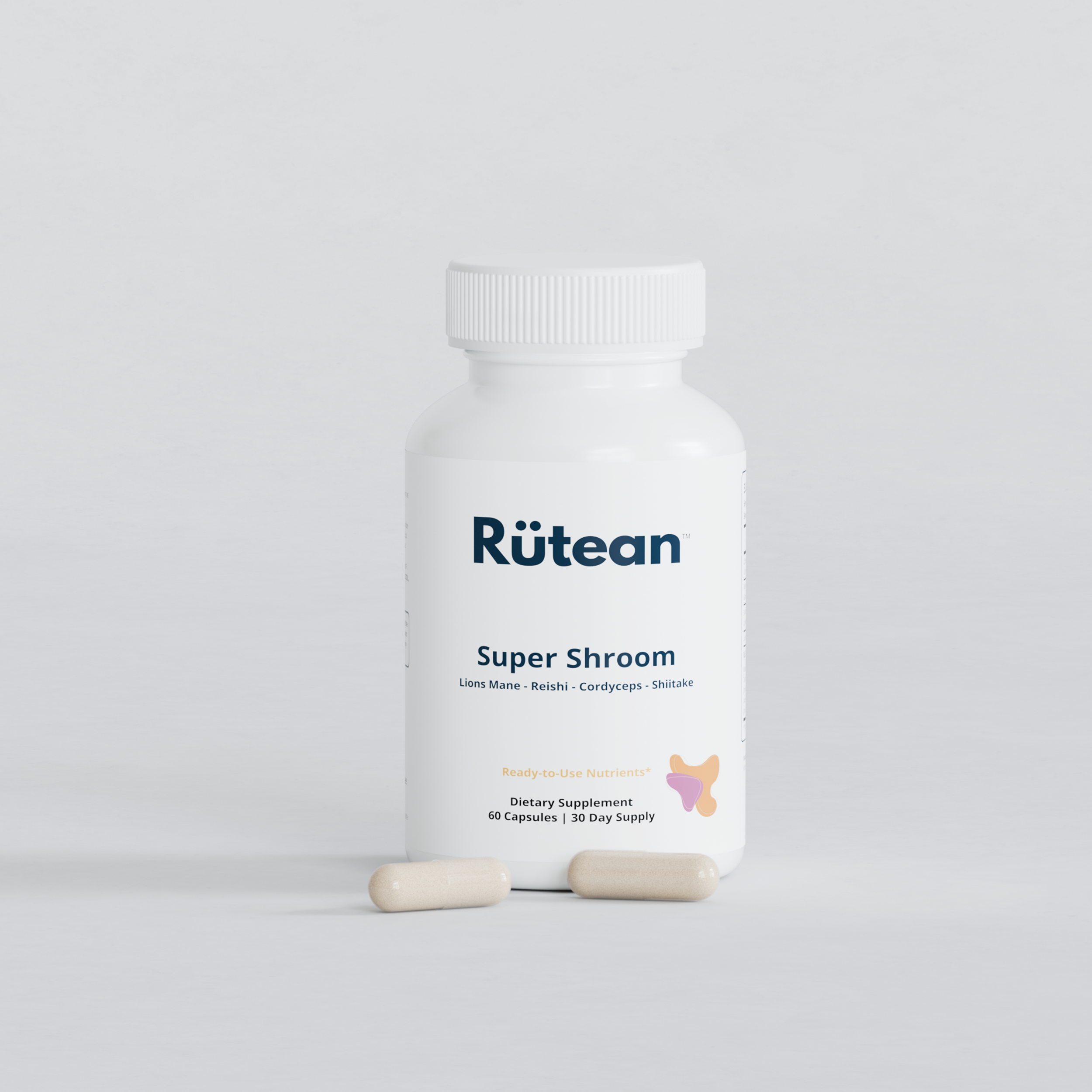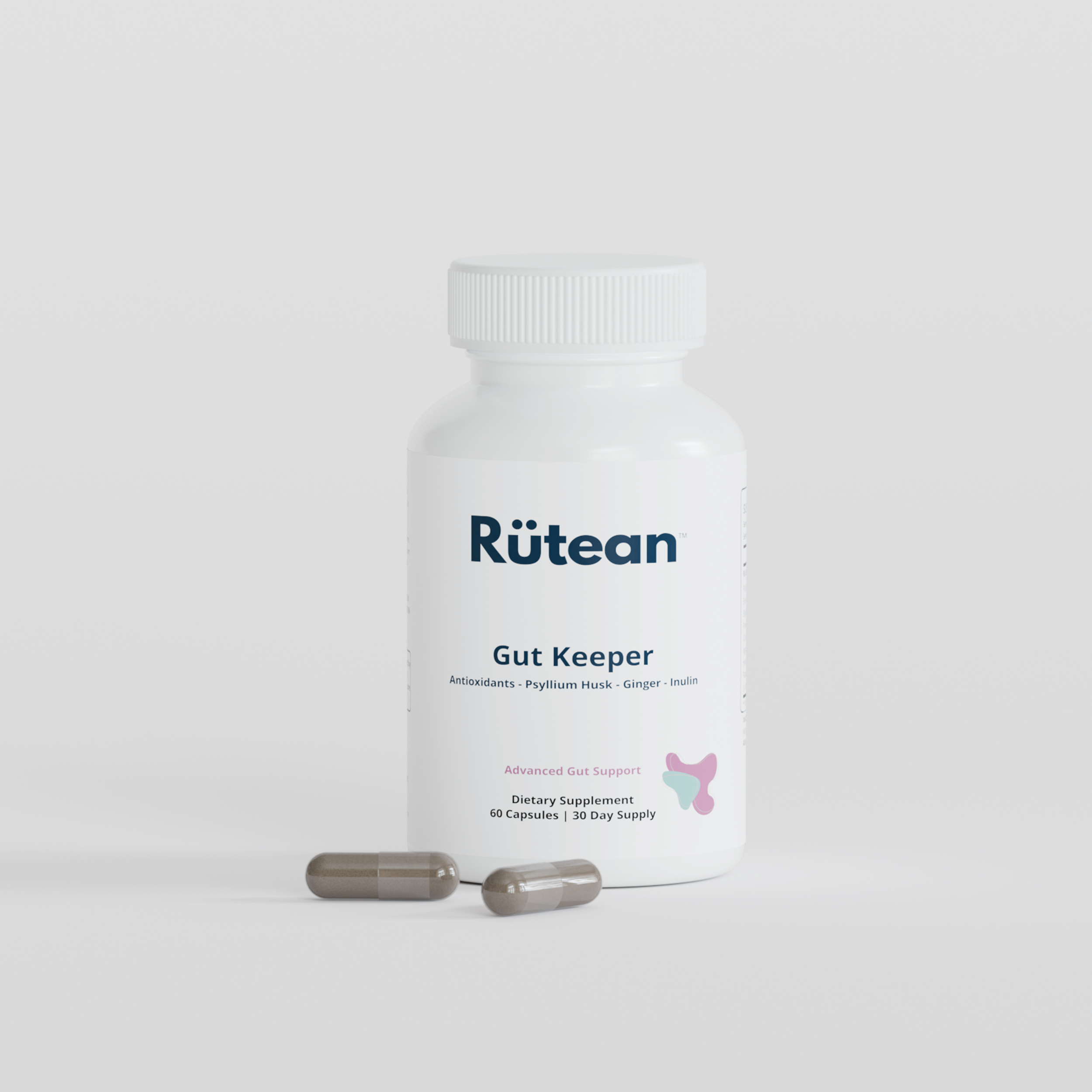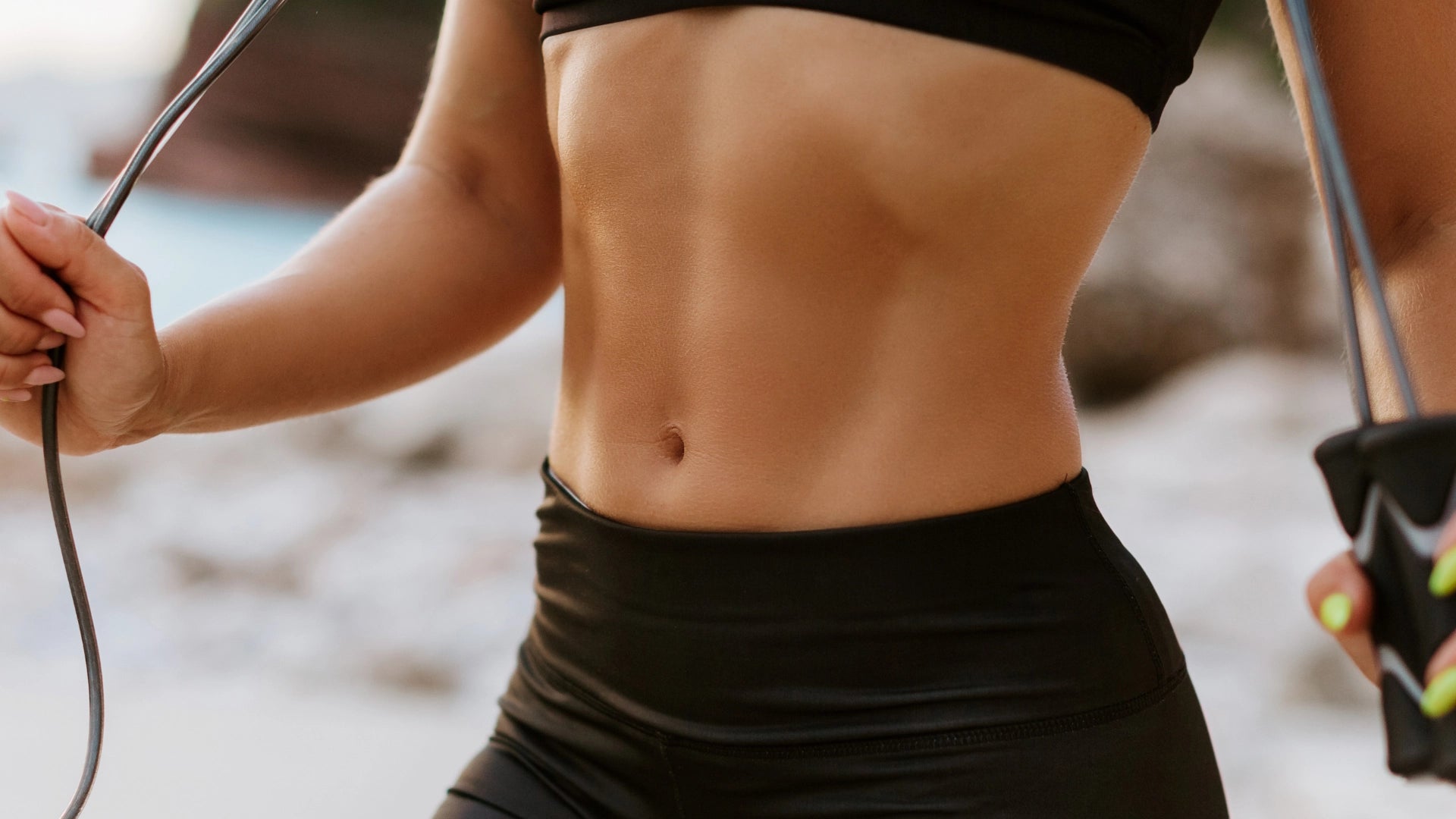1. Introduction
For many women navigating the fitness sphere, achieving the coveted "6-pack" has been painted as the epitome of dedication and discipline. On every platform, from Instagram to TikTok, toned abs frequently represent the ideal. However, behind this shimmering facade, intricate implications - societal, biological, and psychological - await exploration. This article unveils these complexities.
2. The Historical Evolution of 'Ideal' Body Standards
Throughout history, the female physique has faced a battery of shifting ideals. The Renaissance reveled in voluptuous figures, equating them with prosperity and fertility[1]. Fast forward to the 1920s, the androgynous 'flapper' physique became the new vogue[2]. In today’s digital era, the pendulum swings between ultra-thin models and fitness influencers showcasing chiseled abs. Such historical oscillations are more than mere fashion; they reflect deeper societal paradigms, influenced by politics, economics, and cultural movements.
Each era presented its challenges. The voluptuousness of the Renaissance, while celebrated, also bore the weight of societal expectations related to fertility. The 'flapper' era, with its emphasis on a slender, almost boyish figure, countered traditional norms, aligning with the burgeoning feminist movement of the time.
3. Modern Media's Magnification
The digital age, with its proliferation of platforms, has only intensified the pressure on women. Every day, we're besieged by a barrage of 'perfect' images. These are not mere photographs; they often come replete with underlying messages about what women should aspire to[3]. But, as numerous reports and whistleblowers have shown, the truth is often distorted. Filters, edits, and digital enhancements transform these images, setting unrealistic standards.
Yet, the implications extend beyond mere aesthetics. For young women and teens, these altered images can significantly skew perceptions of self-worth, leading to issues ranging from diminished self-esteem to more severe mental health challenges. The potency of visual media, combined with the sheer volume of imagery, is a cocktail that modern society is still grappling to understand fully.
4. The Science of Body Fat: Beyond Aesthetics
Popular discourse often simplifies body fat to a number on a scale or a visual annoyance. But the narrative is more intricate. Body fat, particularly in women, serves functions vital to health. It offers organ protection, aids in temperature regulation, and is paramount for reproductive health[4]. Biologically, women tend to have higher body fat percentages than men, a fact rooted in evolutionary necessities[5]. For instance, during pregnancy, these reserves support both the mother and the developing fetus.
5. Physiology and the Female 6-Pack
For many women, achieving the pronounced abs seen on magazine covers seems a Herculean task. This isn't a mere coincidence. Women's bodies, in their intricate design, naturally retain more fat. This protective mechanism, evolved over millennia, is linked intrinsically to reproductive health[6].
Sarah's story: "Reaching my 6-pack goal was exhilarating. But it was short-lived. My periods became erratic, and I was constantly fatigued. I had to ask myself – was it worth it?"
6. Nutrition's Role: The Balancing Act
Diet forms a cornerstone of any fitness goal. But, the diets often touted for achieving that 'perfect' 6-pack can be rigorous, even draconian. While they might produce results in the short term, long-term adherence can result in nutritional deficits[7]. Extreme caloric deficits, carbohydrate cycling, and high-protein diets, while effective for sculpting abs, might deprive the body of essential nutrients. Over time, this can manifest in hair loss, weakened nails, and compromised mental clarity.
7. Hormonal Harmony and Disruption
Our body's endocrine system is a delicate dance of hormonal balances. Lean physiques, while often celebrated, can disrupt this balance[8]. Estrogen, in particular, has a complex relationship with body fat. When body fat drops significantly, estrogen production can be impacted, leading to a host of potential issues ranging from menstrual irregularities to concerns with bone density[9].
8. Mental Health Implications
The pursuit of the 'ideal' body, especially the 6-pack, carries mental ramifications. The discipline required is commendable, but it also begets a slew of challenges – body dysmorphia, anxiety, and in severe cases, eating disorders[10]. For many women, the line between healthy fitness routines and obsession becomes blurred.
9. Alternative Fitness Goals and the New Health Paradigm
Health isn't monolithic. While abs might be a goal for some, others find solace in flexibility, endurance, or sheer physical strength. Fitness, in its true essence, is holistic. It's about harmonizing the mind, body, and soul. It's about setting achievable, healthy goals and celebrating the unique journey each person undertakes. As society evolves, we need to recalibrate our fitness compass, placing emphasis on holistic health and well-being rather than mere aesthetics.
10. Conclusion
The journey towards self-improvement is commendable. Yet, as we chase our goals, it's essential to be cognizant of the myriad complexities embedded in these aspirations. Health is multifaceted, and understanding this can guide us towards more fulfilling, balanced paths.
References
1- Boucher, B. (1993). The Sculpted Body: A Study of the Treatment of the Nude in Renaissance Art and Theory. Renaissance Quarterly, 46(3), 482-543.
2- Zeitz, J. (2006). Flapper: A Madcap Story of Sex, Style, Celebrity, and the Women Who Made America Modern. New York: Crown Publishers.
3- Fardouly, J., Diedrichs, P. C., Vartanian, L. R., & Halliwell, E. (2015). Social comparisons on social media: the impact of Facebook on young women's body image concerns and mood. Body Image, 13, 38-45.
4- Mayo Clinic. (2020). Belly fat in women: Taking — and keeping — it off. [Online Article].
5- Wells, J. C. K. (2007). The Evolutionary Biology of Human Body Fatness: Thrift and Control. Cambridge: Cambridge University Press.
6- World Health Organization. (2022). Reproductive health. [Online Article].
7- American Dietetic Association. (2009). Position of the American Dietetic Association: Weight Management. Journal of the American Dietetic Association, 109(2), 330-346.
8- Rosenfield, R. L., & Ehrmann, D. A. (2016). The Pathogenesis of Polycystic Ovary Syndrome (PCOS): The Hypothesis of PCOS as Functional Ovarian Hyperandrogenism Revisited. Endocrine Reviews, 37(5), 467-520
9- Wade, G. N., & Jones, J. E. (2004). Neuroendocrinology of nutritional infertility. American Journal of Physiology-Regulatory, Integrative and Comparative Physiology, 287(6), R1277-R1296.
10- National Eating Disorders Association. (2018). Body Image. [Online Article].



